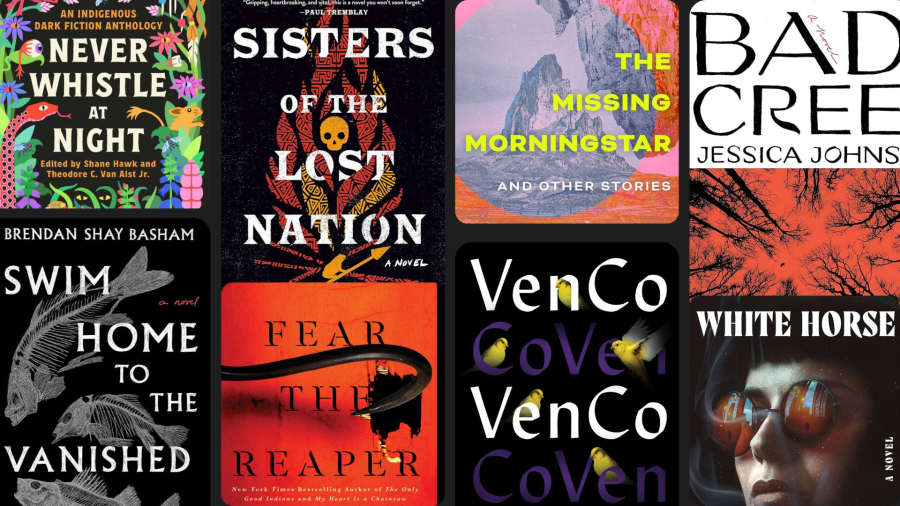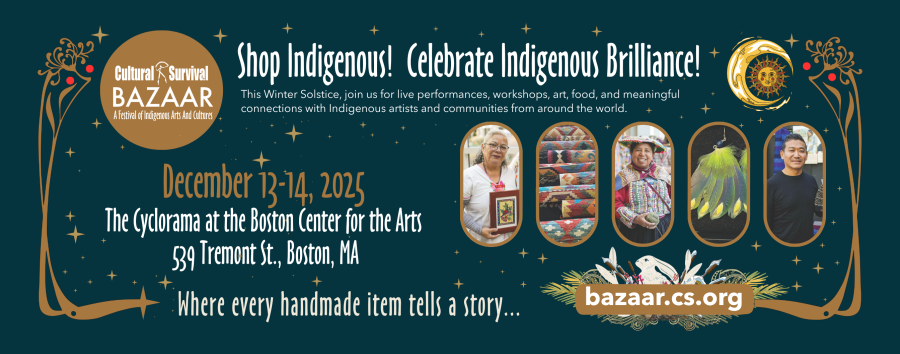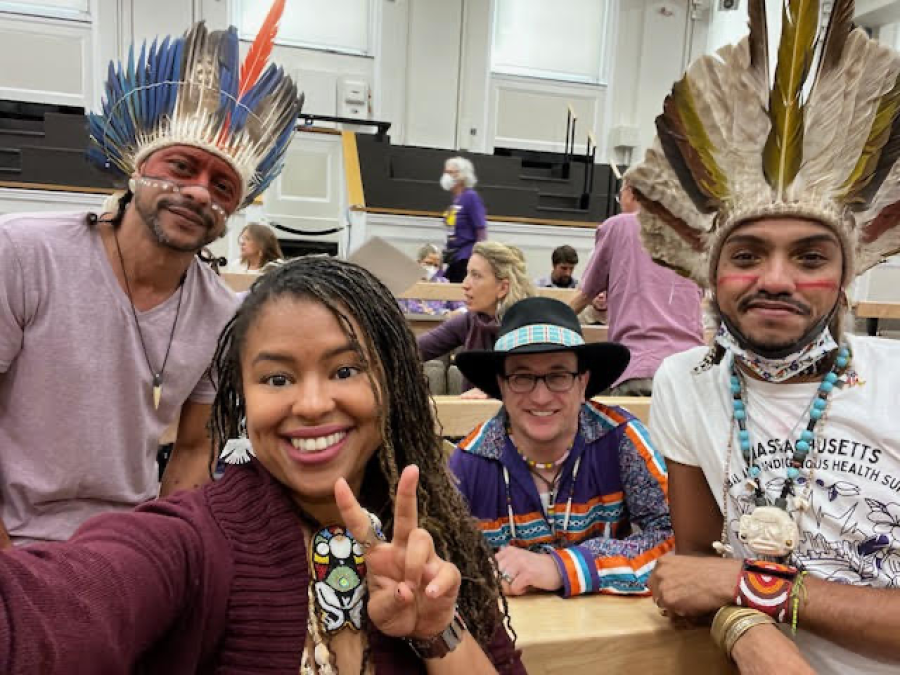The lifestyle that my family and I live is a mixture of subsistence and cash economy We earn a living commercial fishing, yet subsistence hunting, fishing, and gathering is an integral part of our livelihood.
My Native parents are from two different regions of Alaska: my mother is from Wainwright and is full Eskimo, my father is from Afognak and is of Aleut, Russian, and Finnish decent. They met at Mount Edgecumbe, Alaska Bureau of Indian Affairs school, married, and raised their family in southeast Alaska. My mother's parents moved to Sitka from Barrow to be near their five children who were attending Mt. Edgecumbe school.
Growing up, I spent a lot of time with Grandma. I watched her work on making parkas, mukluks, yo-yos, purses, and other accessories. She would tell me stories of her growing up. SeVeral years after my father died in a fishing accident, my mother remarried a non-Native. He had three children, mom had four, and together they had one more. Life was difficult bringing together children of two different cultures and supporting a large family. Subsistence foods-deer, fish, and berries-were a mainstay in our diet.
My husband (of Haida descent) and I each have a good knowledge of subsistence foods. Because we grew up with subsistence foods, we continue to harvest and gather. Through traditional knowledge and experimentation, we have learned to `put up' (harvest and process for future use) local foods.
In February, we eat crabs and clams, March and April is herring, smelt, herring egg, and seaweed gathering time. In May, goose tongue and beach greens are harvested. In June, the kids are with us when we put up sockeye. Several families will get together to catch the salmon and share in the beach activities. In the past, I have gathered bird eggs for eating. The summer months are for earning a living-commercial fishing. Seafood, dungeness crab, halibut and salmon are a regular part of our diet. Salmonberries, strawberries, nagoonberries, blueberries, devils club, and peppermint are gathered as they ripen and made into jams or are frozen for later use.
Deer hunting is a major activity for our family We go out on our boat and anchor up at our favorite deer hunting spots. There are certain areas we hunt with our kids and are always successful at putting up deer for year round use. Our kids have learned to skin out and butcher deer. We freeze much of it and will make burger and jerky We have gotten moose and take care of it in much the same way as deer. Our fishing season extends into October and November; blackcod, halibut and rockflsh are very much a part of our diet.
This lifestyle is a vital part of our cultural identity It is a lifestyle that we share with Native and non-Natives alike. I hope that our children will continue to carry on the traditions as we have taught them and continue to learn and share the bounty of subsistence resources. I hope that after they get a higher education, they will come back to their origins and continue to pass on subsistence knowledge to the next generation.
Alaska Natives are part of the environment, the ecology, and nature of the land on which we live. The land is part of history and a part of our present existence and way of life. We are required to teach our children the ways of our people. Government restrictions and other outside influences have limited our ability and obligation to pass on cultural ways to the next generation. Subsistence activities are critical to the survival and recognition of Alaska Native groups as we continue to pass on traditional knowledge and customs. I believe Alaska Native cultures cannot survive without subsistence rights, because subsistence is an active, fundamental part of our lives.
The Future of Subsistence
The future of subsistence is and will be self-determined by the active involvement of Alaska Natives and rural residents engaged in a subsistence way of life. The villages are gaining proactive individuals with the skills necessary to manage the equitable allocation of resources among subsistence and other user groups. Under the federal subsistence program, there is increasing emphasis on the involvement of local villages and communities in management decisions that are of vital interest to their quality of life and continuing subsistence. For example, I serve on the Federal Southeast Alaska Subsistence Regional Advisory Council (SERAC), one of 10 regional councils in Alaska that make subsistence policy recommendations to the board. These councils, through close partnership with federal and state agencies, Native communities, and local residents, use local knowledge and input to formulate management recommendations for sustaining fish and wildlife populations in ways that are supportive and consistent with traditional subsistence practices. The council has recommended regulations that are consistent with customary and traditional use patterns in rural villages. For example, in 1994, after extensive council discussion, public testimony, and staff input, the Federal Subsistence Board (FSB) changed the regulation allowing us to shoot ungulates (mainly deer) from a boat in Game Unit 4 (the major islands of southeast Alaska). The FSB recognizes the customary and traditional practices of subsistence users who have had little representation under the past state management of fish and game.
It is rewarding and empowering to include Alaska Natives' oral testimony and local knowledge in all aspects of the regulations affecting our lifestyles. This brings local knowledge and scientific expertise to a level of mutual understanding and revitalizes our trust and involvement in the decision-making process. The state of Alaska and the federal government are deciding who will manage subsistence in Alaska. A strong subsistence priority and meaningful local participation in management are essential ingredients for a successful subsistence program and the survival of our cultural identity.
The cash economy is changing the scope of subsistence. The cost of living in the villages is excessively high and subsistence hunting, fishing and gathering is a major factor in the ability to survive and live in rural Alaska. Without the trade and barter to supplement the limited cash economy, villagers would have a tough time throughout the year. The community I live in, Pelican, Alaska, relies on marine resources for our livelihood, but because of changing regulations, the local economy is losing its ability to sustain itself. Subsistence allows local residents to remain in the community, rather than migrating to urban areas for jobs. In areas of Alaska where the cash economy has developed, Natives are struggling to be a part of two worlds. Like many families, we commercial fish and continue to harvest and gather subsistence resources. To meet future needs, Native people and especially children must be educated and prepared for the realities of today's society. The solution is to strengthen subsistence as a basic economic and cultural tradition and influence in the quality of life as rural residents.
Alaska Native peoples are united on this point. We know that subsistence is our means of self-determination, cultural existence, and survival. As our ancestors who live through us and through our children have given us a tribal and subsistence way of living and thinking, we must continue to teach it to our children and grandchildren. We must immediately include elders as resources and partners in the development of policies and strategies concerning subsistence management. Many of our elders will no longer be with us after the next 25 years. When they leave, a large portion of our languages and cultures will leave with them. I have a wider appreciation of the Native traditional culture because of the experiences and oral history shared with me over the years. I struggle to teach my children the lessons and skills of two worlds and cultures. They learn by what they see and as a family we are role models to the future. By actively continuing to subsistence harvest and gather, we live as a family and try to insure that our children will have strong roots and links to the culture and land which has always sustained us as Alaska Native people.
Article copyright Cultural Survival, Inc.



